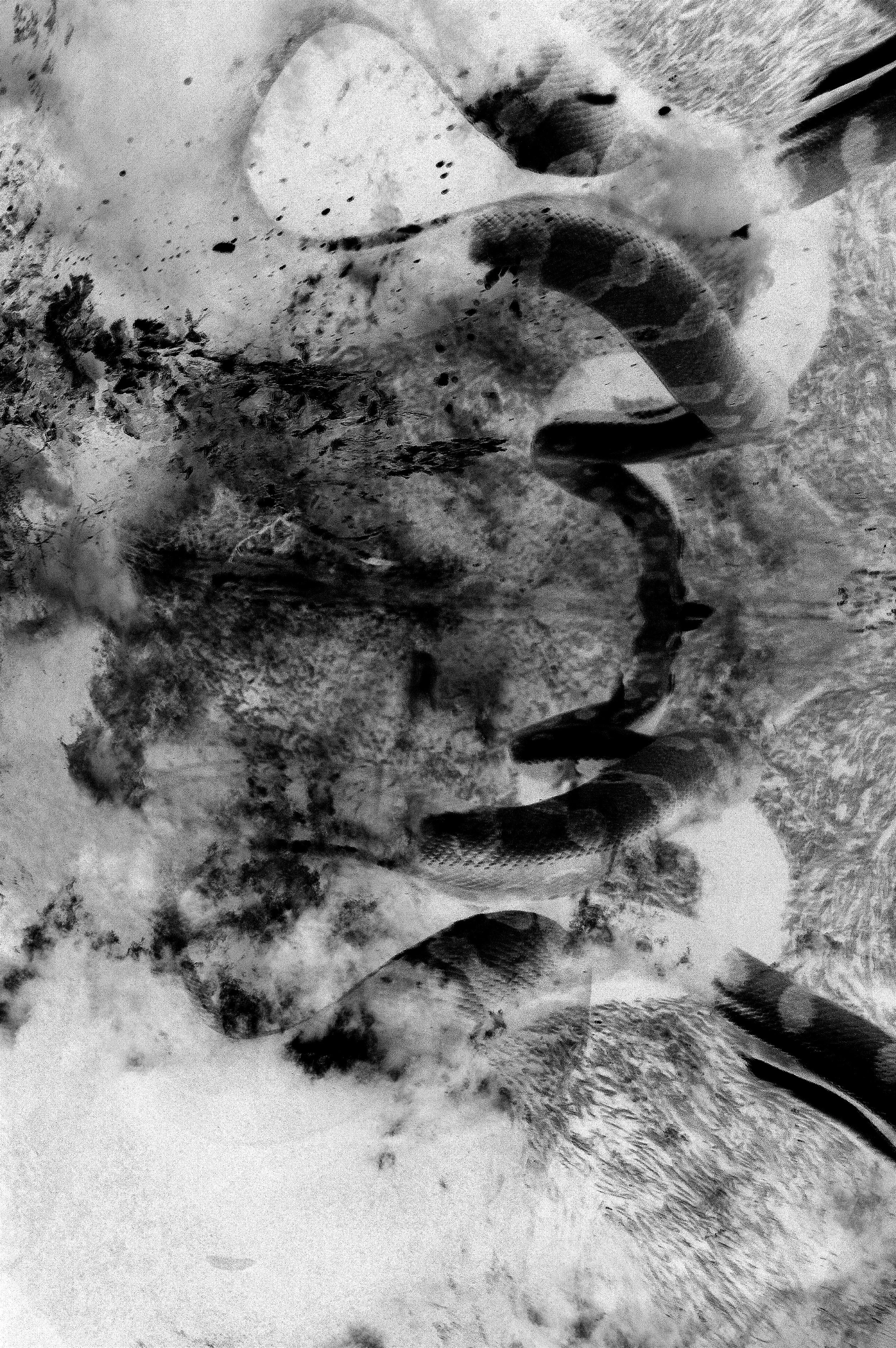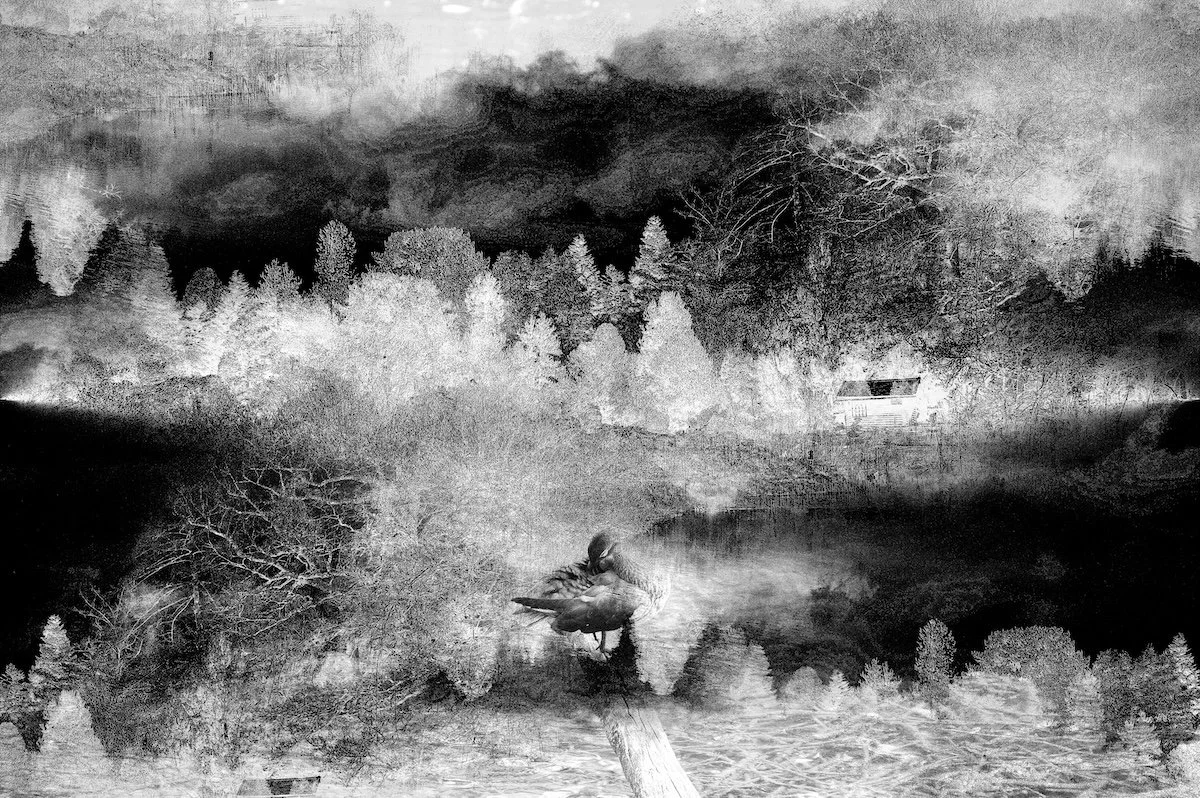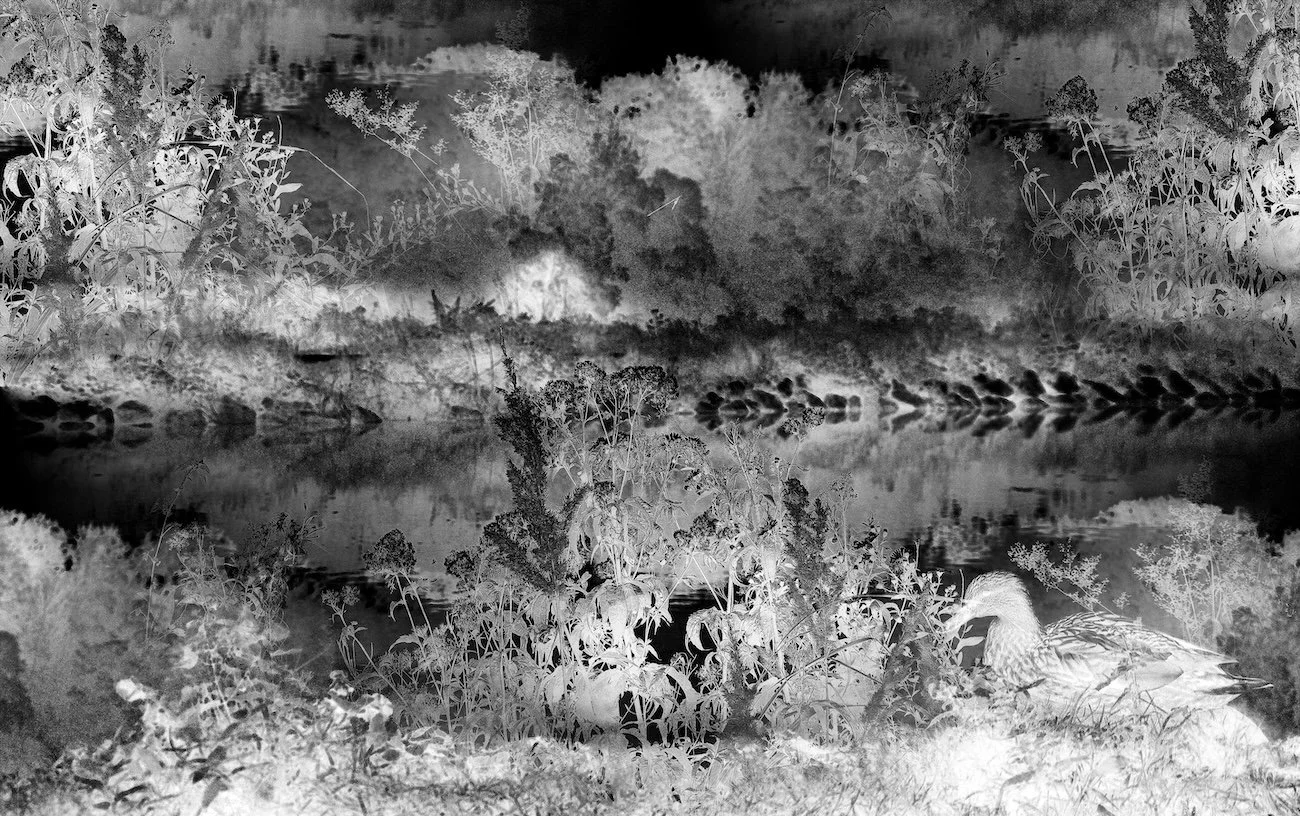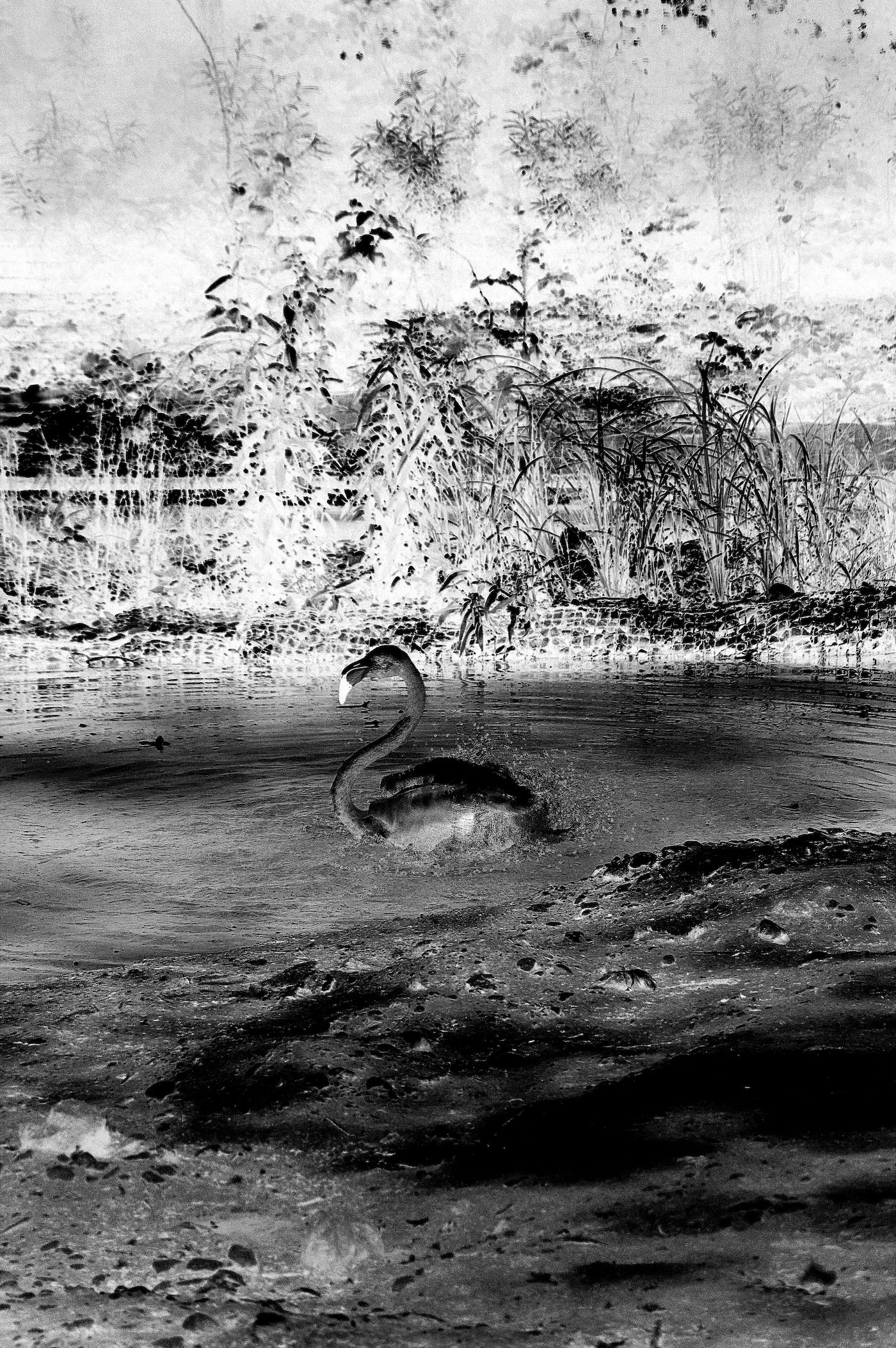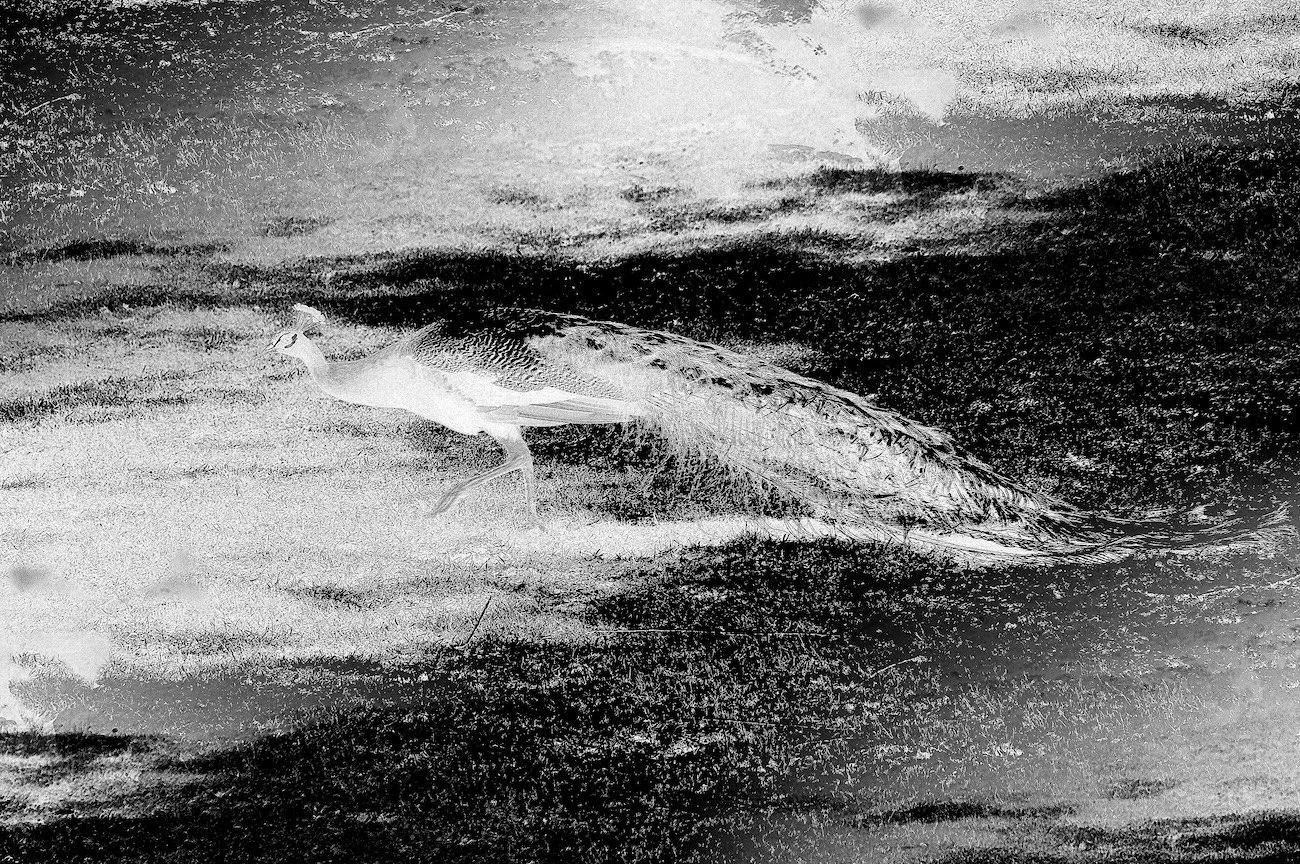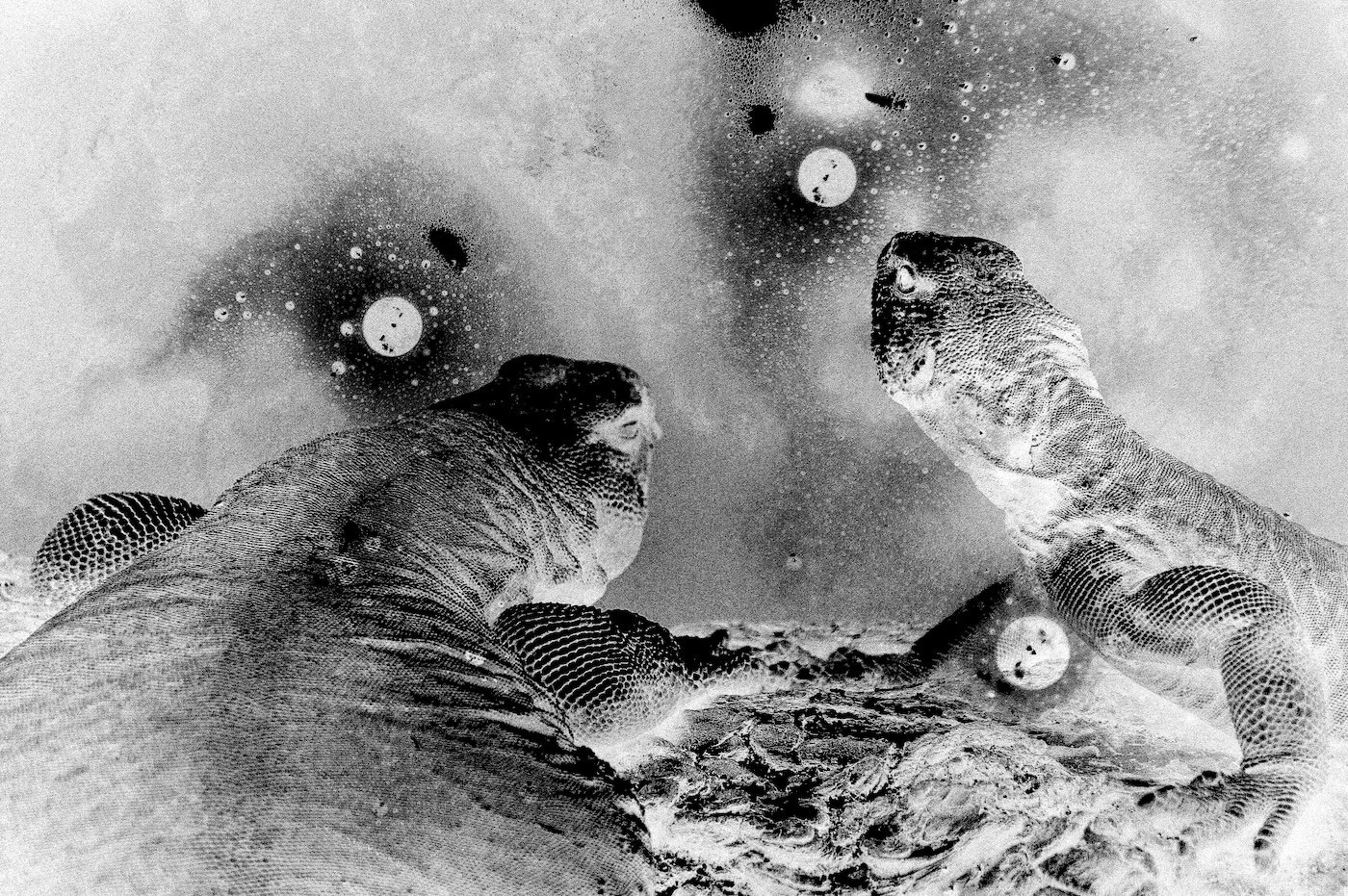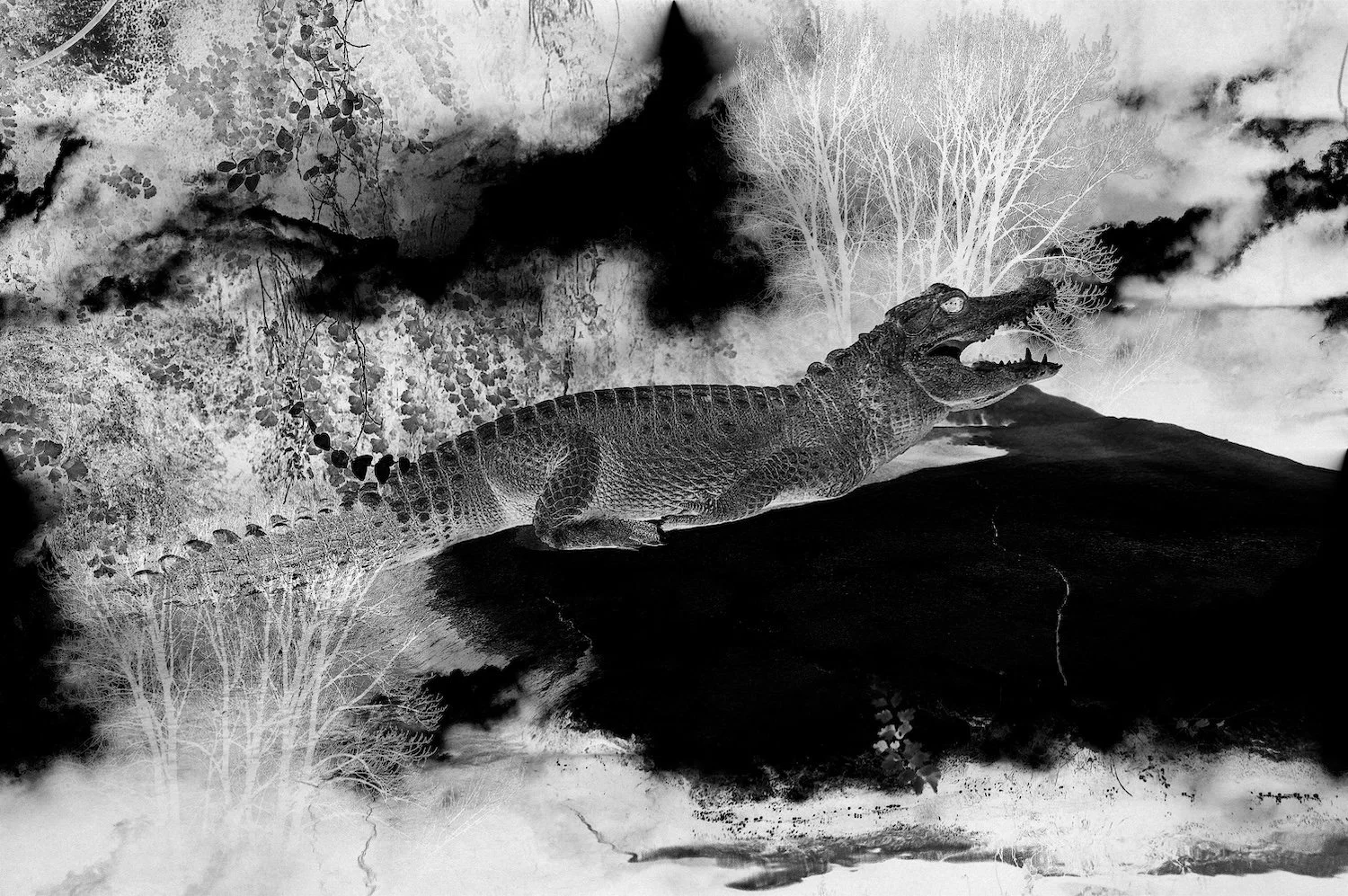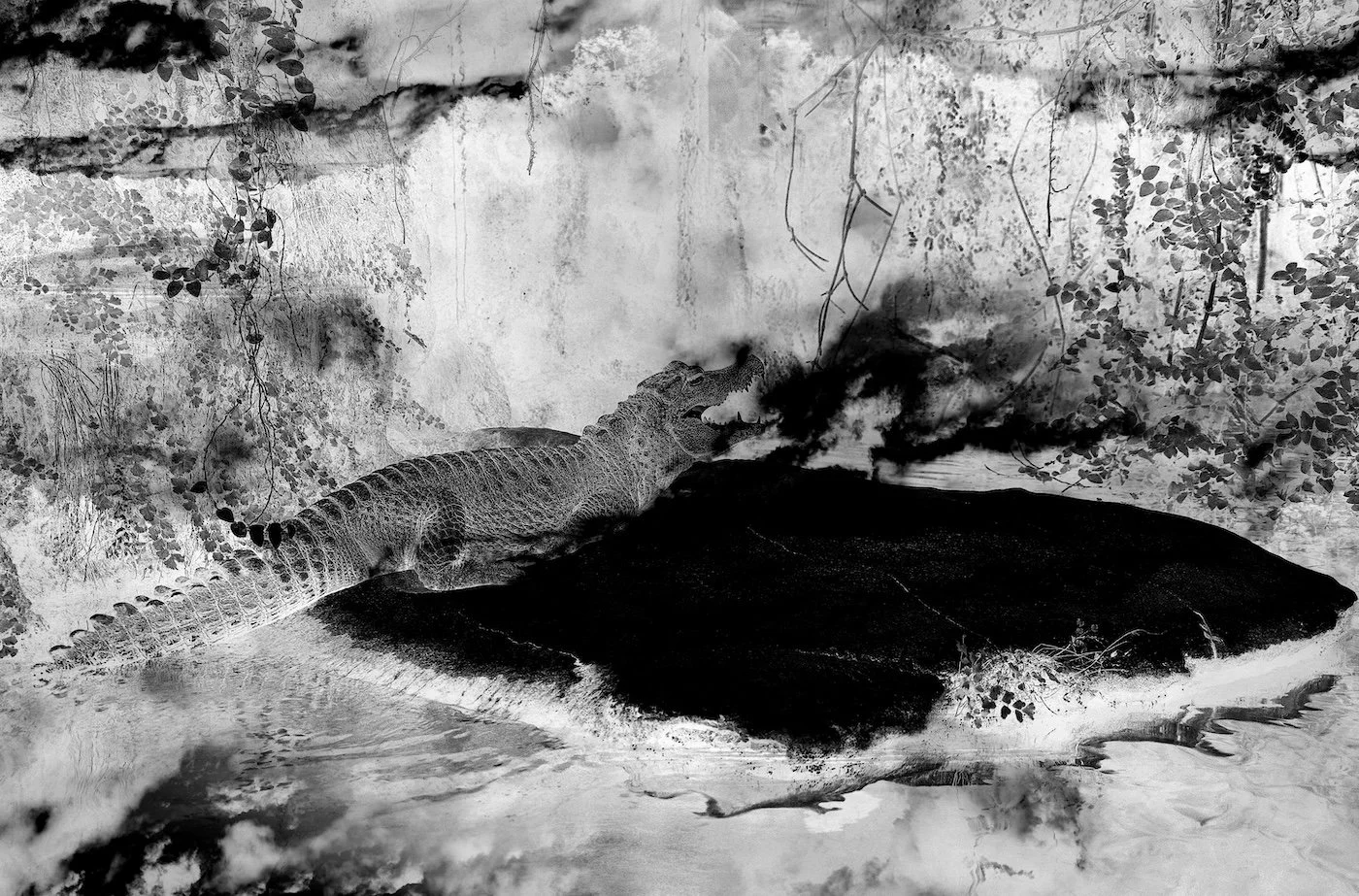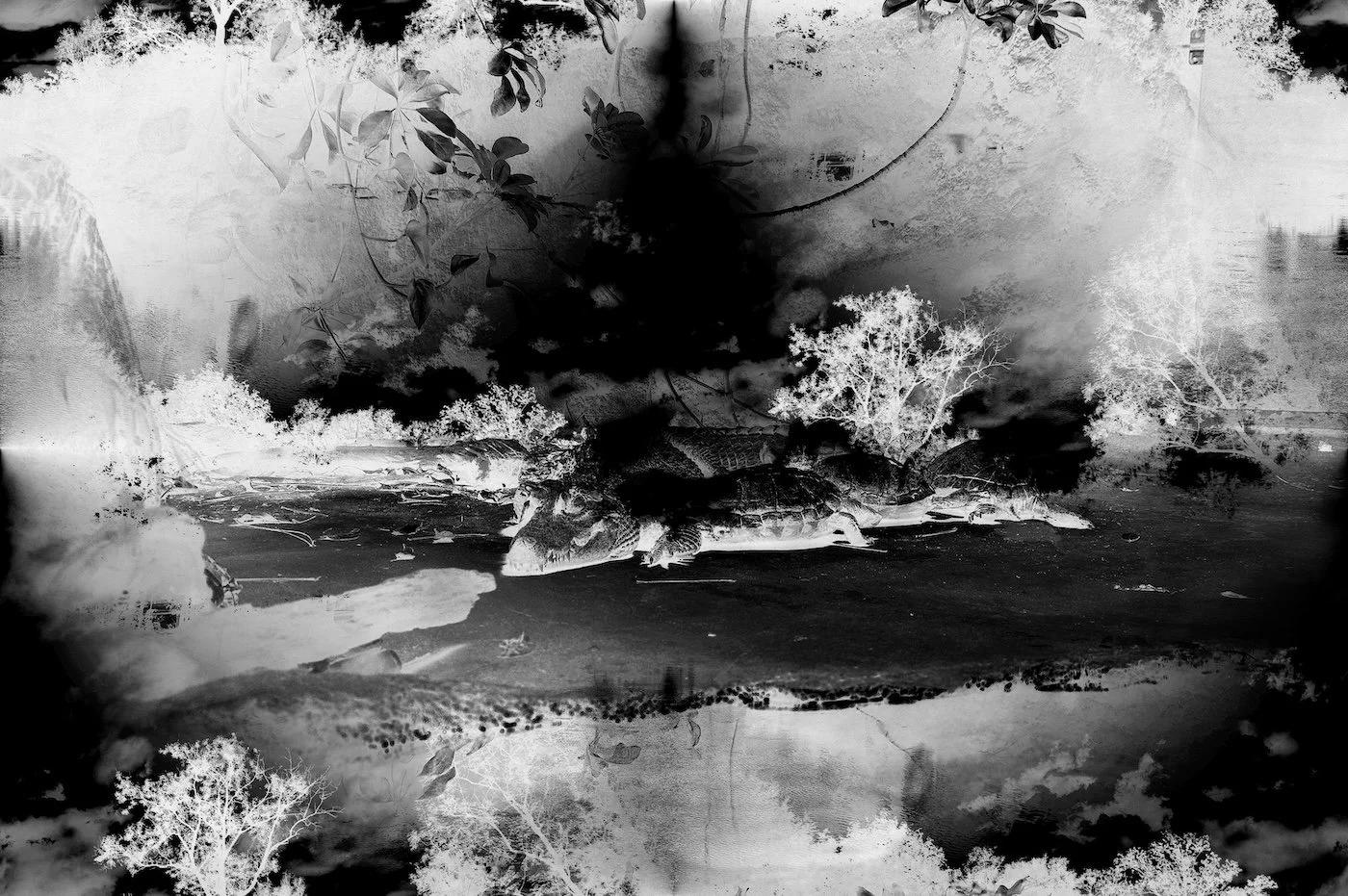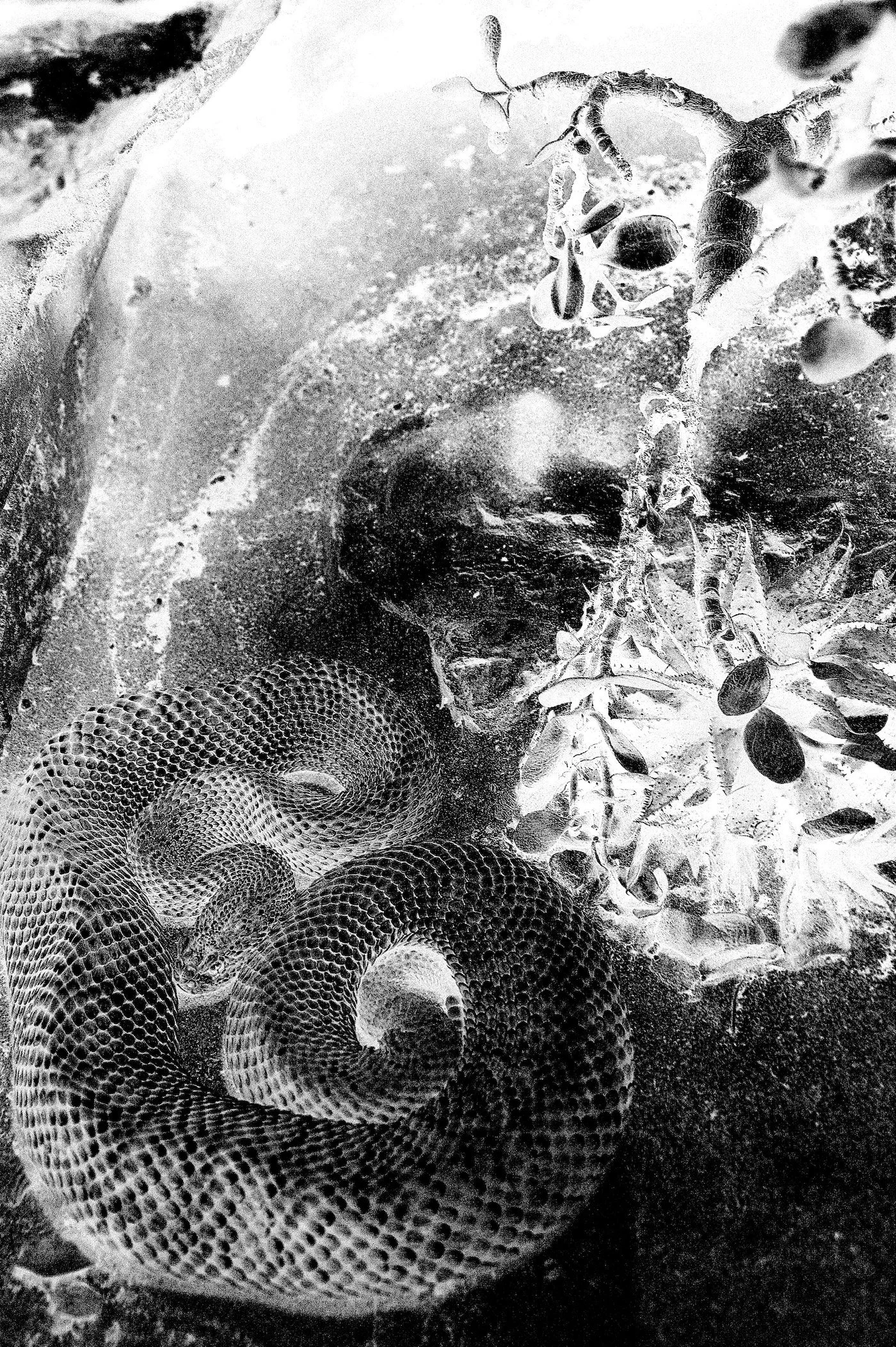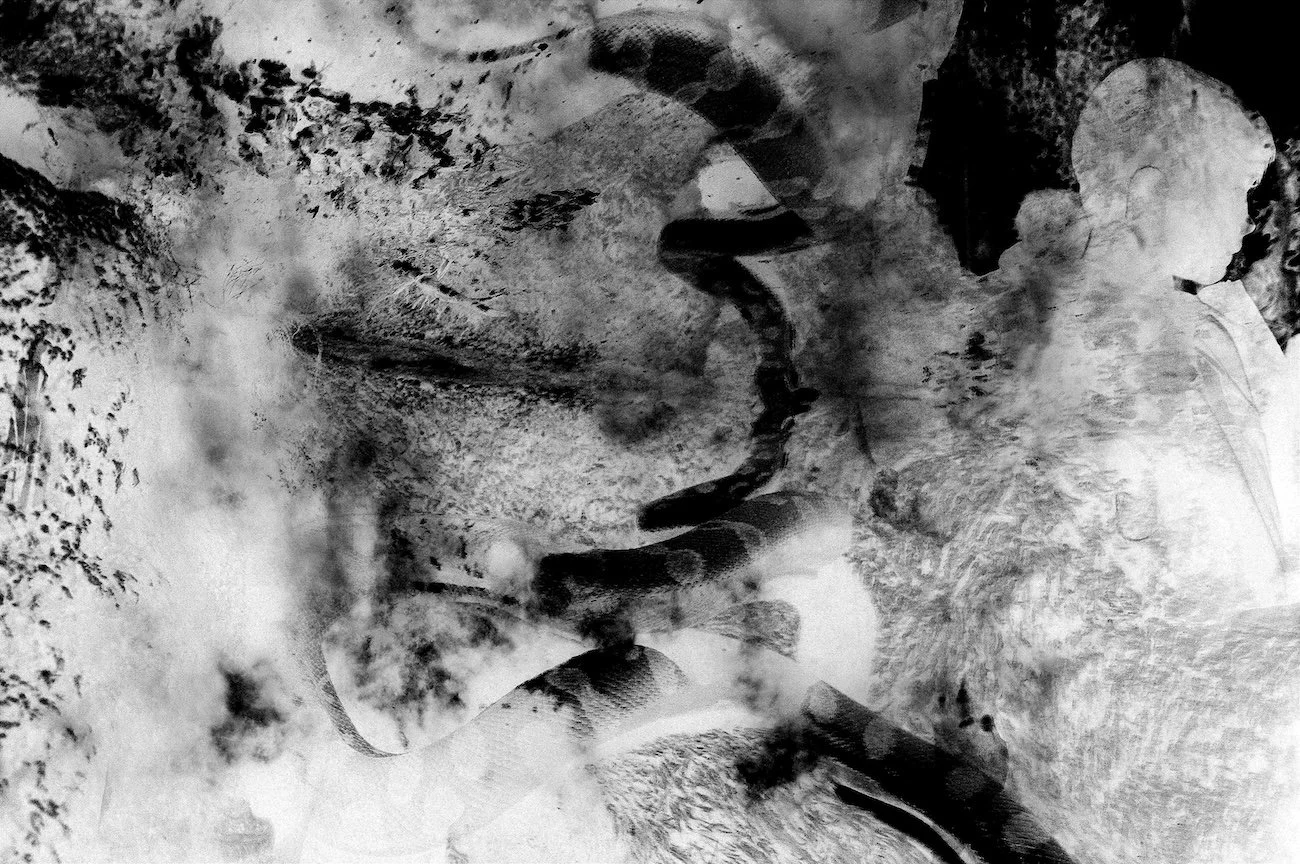Interview with Katrin Loy
Artist Statement
I am an absolvent of the Academy of Fine Arts Düsseldorf, a master student of Prof. Jannis Kounellis, and I live and work in Munich since 2002.
My artistic work focuses on the essence and soul of man, his struggle for a vision, his utopias and abysses, his confrontation with the self and the encounter with the other. It arises both from spontaneously emerging inner images, as well as from ideas about the psychic and intuitive functions of man and about his archaic instinctive experiences.
Moreover, it feeds on a state of mind and emotions, in which consciousness walks on the small line between the conscious and the subconscious, revealing something like an inner myth, that leaves its traces in the form of artistic work. This process takes place in the hope that these traces, which have become visible in this way, will also touch or even infect the others, ideally a form of infection, that allows the viewer to immerse himself in his own inner myth.
On the one hand, I associate the "Inner Myth" with a line of development that underlies every life, but which is largely unconscious. On the other hand, I associate the "Inner Myth" with a so-called "Legend", in which experienced and fantasized memories interpenetrate, created by conscious experiences and the subconscious processes triggered by them, which shape and change the memory of the original experiences.
I associate the inversion of images I use with subconscious processes, the superimposition of images with different levels of perception and consciousness, usually one that gives form and one that gives structure, which interpenetrate, merge or contrast with each other.
"Sunken Seas" 2021-2023
The photographies are part of my series "Sunken Seas".
What would it be like if seas could sink into seas?"
The sea as a central metaphor encompasses a pool of possible associations, fantasies and interpretations such as "the unconscious", "the hidden", "the mysterious", "the intangible", "the origin", "the primordial ground", "the vessel", "the container", "the immersion in oneself and in the world", and others, the viewer may associate with them.
The series comprises 244 images up to now and can also be seen in my Online Gallery:
https://www.artpal.com/katrinloy/
What initially drew you to photography as a medium of artistic expression, and how did your interest evolve over time?
The origin of my interest in photography can actually be found in contemporary dance and dance theater. At the beginning I was very impressed by video recordings of dance theater by certain choreographers, especially Pina Bausch, Vim Vandekeybus, Sasha Walz, Cisco Aznar and Ohad Naharin. At that time I was also dancing a lot and passionately myself and I started to work with film stills of these videos by superimposing two different images. At that time I was still working with analog black and white photography and had a camera that made it possible to create double images in the camera. I also experimented with prints of my own photographs from slides, which resulted in an inversion of the images. At this time I also worked with S8 and 16 mm films, in which I recorded short movement sequences with myself as a performer, which I then showed as film loups in exhibitions. Some of these films were also double exposures. When analog film was increasingly replaced by video, I turned more intensively to the medium of photography, as the aesthetics of video did not appeal to me as much. In the meantime, I refused to work with reproductions and began to work exclusively with my own photographs. Over time, I switched from analog to digital photography, which made the process of image editing possible. However, I still mainly work with double images and the inversion of images, as well as with the enhancement of contrasts, which I consider suitable for my images. In the meantime, there was a short phase in which I also experimented with different effects, but then I largely gave this up again as I found them too decorative. Lately, I prefer to use image processing rather sparingly in order to emphasize the essentials in the image.
Can you discuss any key influences in your life, such as mentors, experiences, or artistic movements, that have shaped your approach to photography?
In terms of content, my work was strongly influenced by my art professor Jannis Kounellis (and his assistant Eduard Winklhofer), in whose art class I spent the last years of my time at the art academy. He managed to draw a poetic line between current and relevant topics and their visual representation. His comments on the artistic works were also often poetic in nature and always inspired me to create new artistic projects. He tried to enable his students "to tell the emerging epic not in descriptive details, but with poetic power" (Jannis Kounellis, "Master students of the class of Jannis Kounellis", exhibition catalogue, Kunstverein Münsterland 2001).
I have been a member and artist of Autoren Galerie 1 in Munich since 2017. I have regularly spoken to the gallery owner Helmut Vakily about my photographs, the image contents, the image processing and the image composition of my photographs, which I have found very inspiring and enriching, as he has an exceptionally precise view of the quality of images.
In your statement, you mention the concept of an "Inner Myth." Can you elaborate on how you translate this abstract idea into a tangible photographic expression?
My photographs all have a poetic component, they could be seen as a snapshot of an epic or a myth. At the same time, however, they are more than just a snapshot, as I ultimately select the photographs that seem to best convey the essence of the animals (and humans) depicted in terms of atmosphere. I am currently working a lot with photographs of fishes, crocodiles, snakes, turtles, lizards and birds, as they have something very archaic about them for me and sometimes make me think of dinosaurs and thus of the origins of the development of life on earth. In turn, I associate dinosaurs with dragons, which are in fact purely mythical creatures. This creates an associative chain that ultimately leads me to a narrative that resembles a myth. Collective myths originally arose from individual myths and the similarities between individual myths in turn give rise to collective myths.
Your work navigates between consciousness and the subconscious. How do you prepare yourself mentally and emotionally to capture these fleeting states in your photography?
I am strongly guided by my intuition both during photography and image processing. I don't think about the result I'm aiming for, but work in a processual and associative way, picking up on spontaneously emerging ideas and impulses. The creative process in my work mainly takes place during image processing. There, too, I intuitively access my collected image material and edit and change it by following spontaneous impulses. The result, i.e. the finished picture, is never planned, but always surprising for me, which makes and keeps the artistic work exciting for me.
You use overlay of images and digital image editing extensively. Could you walk us through your process of selecting and combining these elements to create a final piece?
On the one hand, I work with the inversion of images, for which I select images that seem suitable to me because they have an interesting image structure, interesting lines and an interesting distribution of black and white areas. On the other hand, I work with double images, for which I usually use one image dominated by the form and one dominated by the structure. The photographs of the animals are those that are determined by form, the photographs of water and clouds, for example, are those that are determined by structure and strongly characterize the atmosphere in the picture, which is so important to me in my pictures. I also like to work with strong contrasts, as this brings out the dynamics in the images more clearly and makes the images appear more intensive and interesting.
You raise a thought-provoking question about the nature of reality and imagination. How does this philosophical inquiry influence your approach to photography? How do your own emotions and state of mind at the time of shooting influence the outcome of your work?
As part of my further psychoanalytical education, I have dealt extensively with the phenomenon of memory, and I have observed in myself that my own memories are strongly influenced and changed by fantasies that are linked to these memories. There are even things that I think I remember, but which never happened in reality, but are merely memories of dreams or fantasies. By allowing my intuition to guide me during photography and image processing, I try to give space to this process. The better I am able to intuitively engage with the creative process, the more interesting and successful the result usually is. However, there are also days when it simply doesn't work because I'm too focused on something specific that I want to implement, which in turn blocks my creativity.
The sea is a central metaphor in your latest series. Can you discuss how you use this symbol to convey complex themes like 'the unconscious' and 'the primordial ground'?
Many of the images in this series are actually overlaid with an image of water in its various forms or contain images of water such as lakes, rivers, clouds, bubbling water in fountains and aquariums. The sea is also something very archaic for me. As embryos, we swim in the water of the amniotic sac and the first creatures on earth also initially lived in water before evolving into land animals. These early life forms were guided solely by instinct, which is also an essential part of the human unconscious. How consciousness could develop from this instinctive experience is, in my opinion, one of the most exciting mysteries in the history of human development. From a scientific point of view, however, 97 percent of the human organism is still controlled by the unconscious and only 3 percent by the conscious mind, which is just the tip of an iceberg, the rest of which unfolds its effects in the subconscious. It could be an important goal of humanity to expand the dimension of consciousness.

